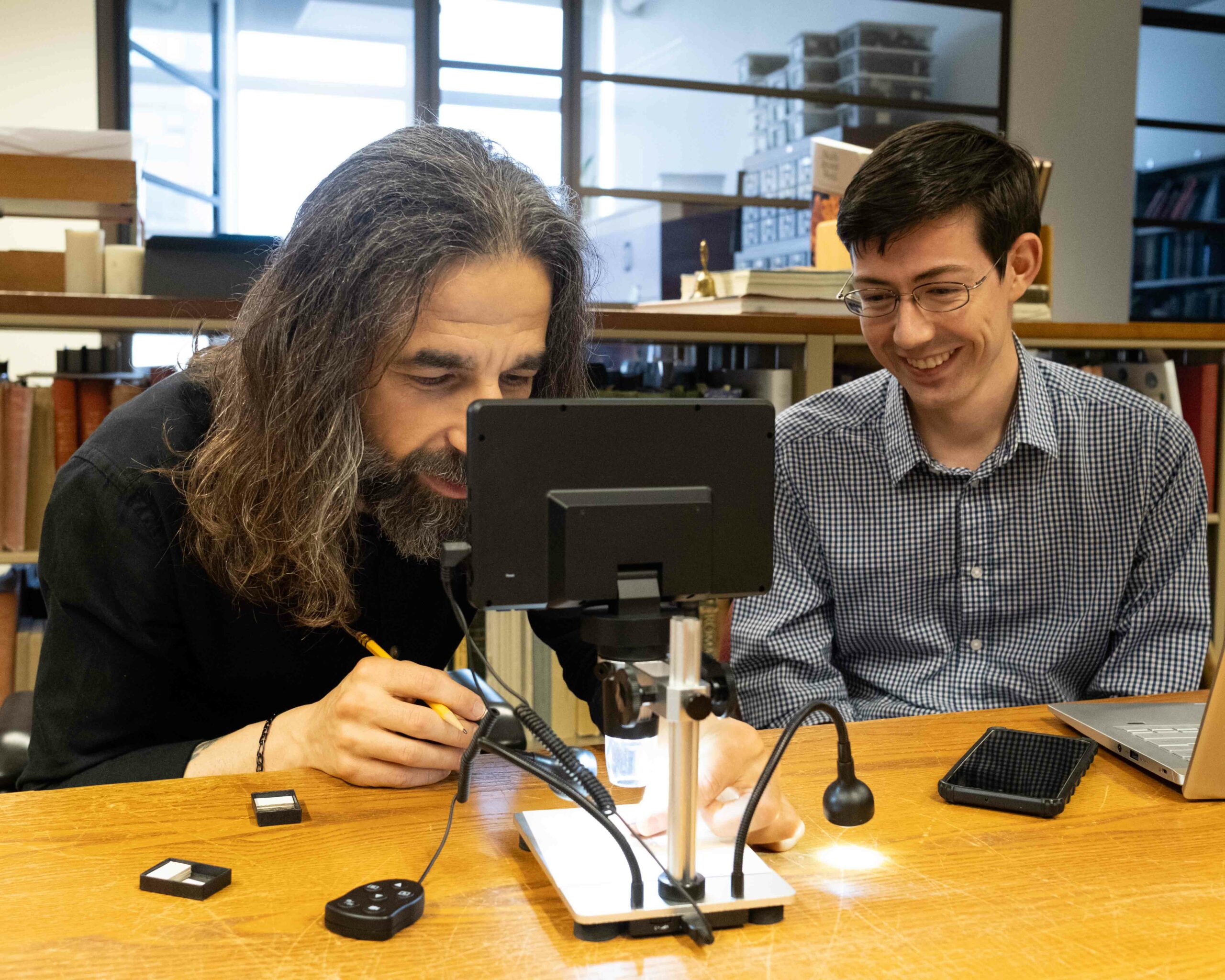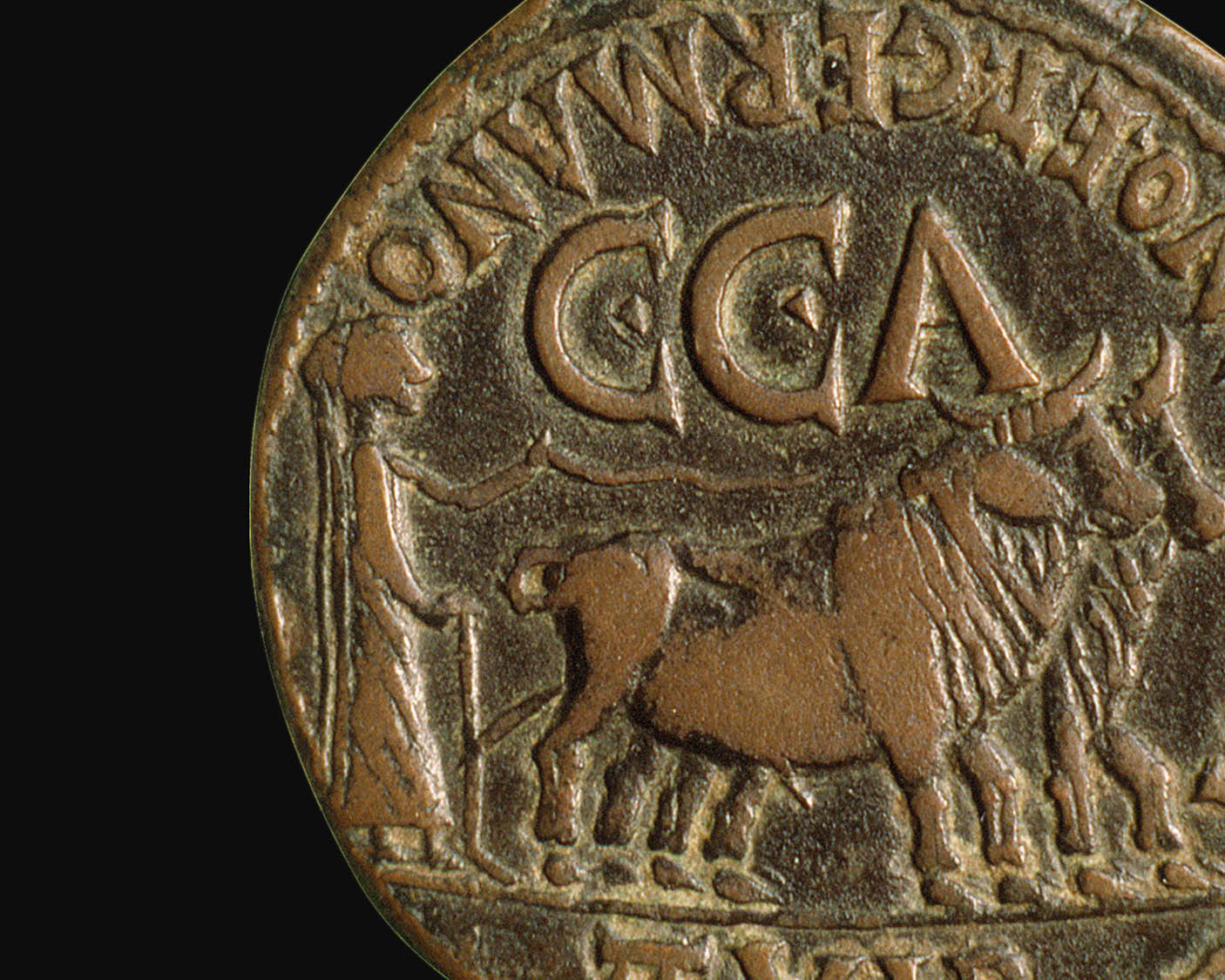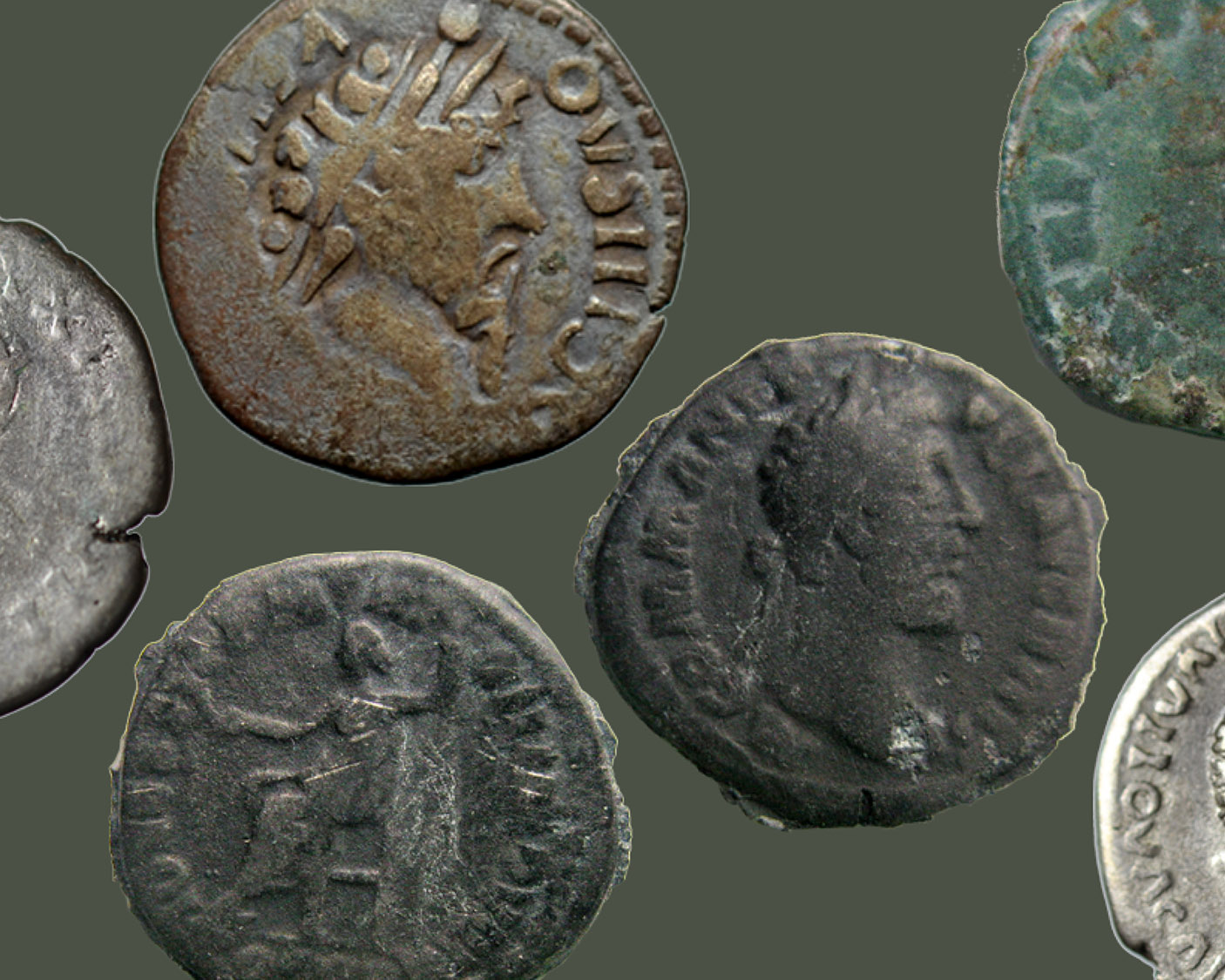Kings of Counterfeiting
Within the annals of the US Secret Service, certain individuals stand out for their audacity, the quality of their counterfeit money or simply their ability to avoid capture. In most of the cases, the agents remain anonymous individuals as they chase the bad guy, who in turn is often portrayed by the press or writers with some admiration. Thus in the public eye even hardened criminals turn into loveable rogues.
Over the last 150 years, the Secret Service has been involved in thousands of cases, most of which are now part of the vast Secret Service archives. Although we often look at a single person as the “king of counterfeiting,” there is usually a team of people involved. In the accounts of the late 19th century, the emphasis is often on the skilled engraver, who at times works for the bank, whose notes he forges after work. Then there are the people, often women, who pass the counterfeit notes. Here we encounter highly confident, well-dressed individuals, who display such aplomb and respectability that the shopkeepers or clerks do not even look at the notes which they are handed. Fundamentally, the counterfeit notes are as good or as bad as the “passers.”
All counterfeiters have in common that they want to defraud the government and the public. However, as their work requires great skill, counterfeiters often appear to be proud of good work. The fact that it has at times fooled even government official attests for the quality of some counterfeit work. Another common factor in many counterfeiting cases is greed. Once a counterfeiter is capable of producing good products, it is hard to resist the temptation to produce lots of bad money and profit from such illegal activities.
William Brockway
William Brockway, born in 1822 and also known as William Spencer, was remarkable for his fifty-year career as a counterfeiter, during which he made and passed some outstanding counterfeits of notes and bonds. Having studied chemistry at Yale, Brockway was familiar with the most advanced techniques of electrolysis, by which exact copies of printing plates could be made. His counterfeits repeatedly fooled US treasury officials. And in his old age, law-enforcement agents arrested him simply to get an up to date mugshot. He died in 1920 at the age of 97, having spent most of his life a wealthy man. The contrast with William Wood, the chief of the Secret Service who arrested Brockway in 1868, is noteworthy. The latter died penniless in 1903, and only received a proper tombstone in 2001 thanks to the efforts of retired Secret Service agents.

William Brockway (Courtesy of the US Secret Service)

Counterfeit six per cent US coupon bond, Acts of July 17th and August 5th, 1861. Dated November 16th, 1861. Sixes of 1881. (Courtesy of the US Secret Service)
The counterfeit coupon bond is the work of William E. Brockway and his engraver, Charles H. Smith. Brockway had been involved in counterfeiting since the 1850s. He and Charles Smith were arrested with an accomplice, James B. Doyle, in Chicago on October 21, 1880. In their possession were 244 bonds of $1000, which they had brought from New York. Smith cooperated with the investigation, and Brockway was convicted. The case of these counterfeit bonds only came to the attention of the US Treasury when bonds with duplicate numbers appeared in Washington. It has been suggested that Brockway worked with employees of the US Treasury, who provided him with electrotype copies of the original plates. Thus he was able to counterfeit near-perfect bonds or notes.
⇒ View full article at the New York Times website
Old Counterfeiters Caught. Article from the New York Times, October 24, 1880 (Courtesy of the US Secret Service)
In the late 19th century the New York Times, like many newspapers, ran articles about counterfeiters and their arrests. This article gives the details of the arrests of Brockway, Smith, and Doyle in conjunction with the counterfeit coupon bond exhibited here. Brockway’s criminal activities are well covered in several New York Times articles over many years.

Copy of arrest sheet of William Brockway, 1895 (Courtesy of the US Secret Service)
On August 4, 1895, William Brockway, then in his seventies, was arrested in Rockaway Beach, as part of a counterfeiting ring, which included William E. Wagner and Abbie L. Smith. In his possession were various notes, which, in an interview with the New York Times, he claimed to be genuine money. In the end, the Secret Service, then under Chief William P. Hazen, recovered $600,000 in counterfeit notes. He was sentenced to ten years. In early 1904, he was released slightly early for good behavior. Apparently he did stop his counterfeiting activities and lived the last fifteen years of his life in receipt of a pension from an unnamed source on the condition that he would cease all criminal activities.

True Detective Stories. A Genius Who Went Wrong. By A. L. Drummond, formerly Chief of the US Secret Service. New York Herald Magazine Section. December 20, 1908. (Courtesy of the US Secret Service)
A. L. Drummond, who was Director of the Secret Service from 1891–1894, wrote a book True Detective Stories (1908–1909), which was serialized in the New York Herald. He spent most of his life as a private detective and operative for the Secret Service in New York City. The story about the early career of Brockway provides fascinating details about his activities.
Reprint of Drummond’s collection at Amazon.com
Jim the Penman
A more unusual representative of the counterfeiting profession was German-born Emmanuel Ninger, aka “Jim the Penman.” Arrested in 1896, he painted notes with a pen and brush (see his arrest record). They were so well executed that he was able to pass them easily, and only when the ink began to dissolve on one of his notes were the counterfeits detected. To this day, there is a history of artists using money as media, which at times can become a contentious issue with law enforcement agents.

Courtesy of the US Secret Service
Mister 880
Perhaps the oddest case in the annals of the Secret Service is the case of Edward Mueller, or “Mister 880,” named after his case file. His case defies most normal criteria of the “kings of counterfeiting.” A popular and law-abiding citizen until his early 60s, he worked until 1937 as a superintendent on New York’s Upper East Side. After the death of his wife, he and his dog moved to an apartment on Broadway and 96th Street, where he began to print poorly executed one dollar bills. He made no more than a couple per day, which he spent carefully, no more than one at a time and in many different stores all over New York. For ten years the Secret Service tried to establish Mister 880’s identity in a large investigation. Over the years, Mister 880’s bills got worse in design: he even misspelled George Washington’s name as “Wahsington.” He was eventually caught in 1948, more or less by accident, when school boys found some of the fake notes on a dump, and used them as play money for a while. This story was made famous by St. Clair McKelway in an article in the New Yorker, which was made in 1950 into a movie with Edmund Glenn and Burt Lancaster.
More about the Mister 880 movie at IMDb.com
Count Lustig
“Count” Victor Lustig is best known as a versatile conman who sold the Eiffel Tower twice for scrap metal. Born in Bohemia, he lived the life of an aristocratic gentleman. Utterly charming and fluent in several languages, he managed some amazing stunts. Lustig was wanted by as many as 42 law enforcement agencies in Europe and the United States. Through his many fraudulent deals, he became wealthy. They included unlikely scams such as a money-making machine, which was said to reproduce any currency. His sale of the Eiffel Tower was particularly ingenious as his victim was too embarrassed to admit his gullibility and let Lustig depart with the money. Despite several arrests, Lustig often managed to escape prison. It is possible that he would have continued an international life as an imposter and criminal, if he had not turned to the production of hundreds of thousands of dollars in fake bills. He was ultimately convicted for counterfeiting and died in 1947 at Alcatraz.

Victor Lustig (Courtesy of the US Secret Service)

Counterfeit $10 (Courtesy of the US Secret Service)
The counterfeit notes that Victor Lustig distributed in New York City in 1934 were of the highest quality. Engraved by William Watts, a master counterfeit engraver, they were produced in enormous quantities and flooded the market. Watts was arrested in September 1935 and was the key witness against Lustig at his trial. Watts received a ten-year sentence.

“Smoothest Con Man Ever Born.” Undated newspaper report (Courtesy of the US Secret Service)
The photo in this article shows Special Agents Rubano and Godby with Victor Lustig after his arrest in 1935.

Newspaper clippings about Victor Lustig, September 2, 1935 (Courtesy of the US Secret Service)
Victor Lustig escaped from a downtown Manhattan detention center in what appeared to be a well-planned escape. The newspaper from September 2, 1935 gives some details of his criminal activities. He was recaptured on September 28, 1935, in Pittsburgh.

“Lustig Gets 20-year Term in Alcatraz.” Newspaper article, October 1935 (Courtesy of the US Secret Service)
The article reports that in addition to 15 years for counterfeiting, Lustig was also serving five years for his escape on September 1, 1935. It is noteworthy that his lawyer was seeking leniency as the “Count” had generally victimized persons whose own practices were sharp, such as Chicago gangsters, Arnold Rothstein, and other underworld leaders in New York and Boston.

Copy of arrest report of Victor Lustig in St. Louis, June 25, 1931 (Courtesy of the US Secret Service)
Lustig was arrested numerous times in conjunction with various criminal schemes, in this case for the altering of bond papers.
Exhibition Parts
I. The Beginnings of the Secret Service
III. How it is Made, How it Moves
V. A History of American Currency
VI. Know Your Money: Educating the Public about Counterfeit Money




